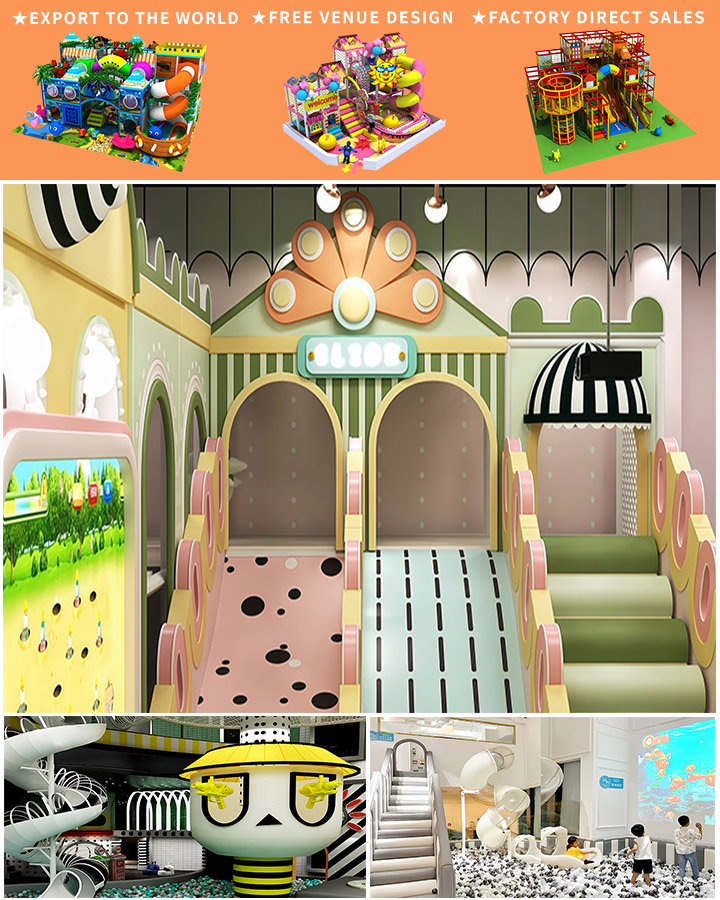In the bustling world of modern living, finding safe and engaging spaces for children to play can be a challenge. Enter indoor playground equipment—the perfect solution for creating an amusement park right in the comfort of your home or community center. This article will guide you through the essential aspects of setting up a toddler-friendly play ground that promises fun and development.
Understanding the Importance of Indoor Playgrounds
Indoor playgrounds are more than just recreational spaces; they are vital for the physical and cognitive development of children. Unlike outdoor environments that can be unpredictable with weather changes, indoor playgrounds offer a controlled setting where kids can explore, learn, and stay active all year round.
Benefits for Children
- Physical Development: Climbing structures, slides, and balance beams help improve motor skills and coordination.
- Cognitive Growth: Interactive elements like puzzles and sensory activities stimulate mental development.
- Social Skills: Shared play areas encourage interaction, teaching children how to navigate social dynamics.
- Safety: Controlled environments minimize exposure to potential hazards found in traditional outdoor playgrounds.
Selecting the Right Indoor Playground Equipment

When it comes to choosing equipment for your indoor playground, there are several factors to consider to ensure safety and enjoyment for all age groups.
Age Appropriateness
- Toddlers (1-3 years): Soft play areas with foam blocks, mini slides, and ball pits are ideal for young children learning to crawl and walk.
- Preschoolers (3-5 years): Climbing frames, small slides, and interactive panels keep this age group engaged and developing their physical abilities.
- School-Age Children (6+ years): More complex structures such as multi-level climbing towers, larger slides, and obstacle courses provide challenges and excitement.
Safety First
Ensure that all equipment meets safety standards and guidelines. Look for non-toxic materials, smooth edges, and sturdy construction. Regular maintenance and inspections are also crucial to prevent accidents.
Engaging Elements
Incorporate a variety of play elements to cater to different interests and developmental needs:
- Physical activity zones with trampolines, zip lines, and tunnels.
- Sensory play areas with water tables, light-up elements, and textured surfaces.
- Educational corners featuring building blocks, books, and interactive exhibits.
Designing the Perfect Home or Community Play Centre
Creating a successful indoor play centre involves more than just filling a room with toys. A well-designed space should be both functional and captivating. Here are some tips to get you started:
- Space Planning: Utilize the available space efficiently by incorporating multi-functional equipment. For smaller rooms, consider vertical climbers or stackable play modules.
- Color Scheme: Bright and cheerful colors can enhance the playful atmosphere while also aiding in visual stimulation for young children.
- Themes: Incorporating themes such as jungles, space, or underwater worlds can make the experience more immersive and exciting.
Conclusion
An indoor playground is not only a fantastic addition for homes but also an excellent feature for community centers and amusement parks. By carefully selecting age-appropriate, safe, and engaging equipment, and thoughtfully designing the space, you can create a haven for children’s development and enjoyment. So why wait? Start planning your indoor adventure today!




